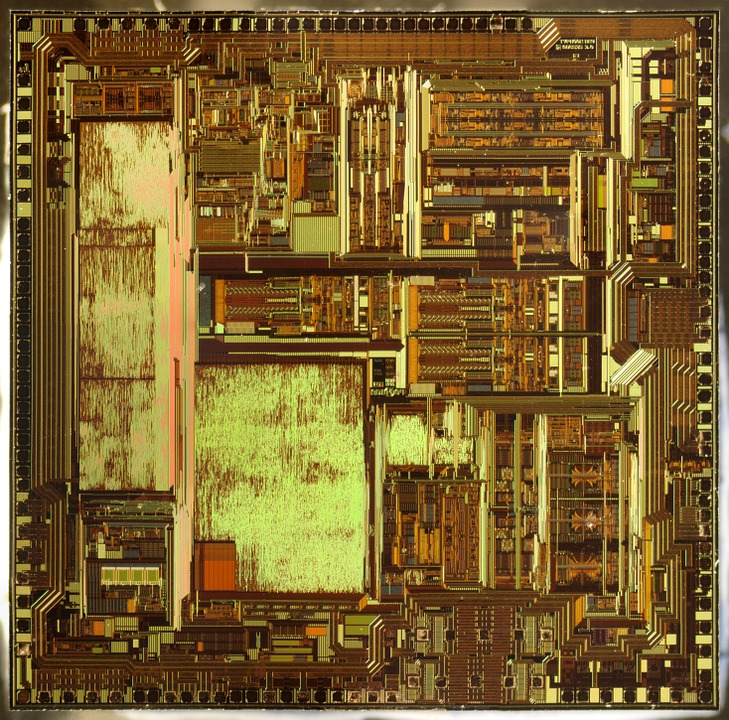We’re in the midst of an upheaval in the supply chain. Supplier resilience has been a major topic of discussion, with vendor diversification at the top of the list of strategies to try. So why consider vendor consolidation?
While crises like COVID-19 cause major disruptions and benefit from a diversified supply chain, those expanded lists of suppliers have a lot of hidden costs. The historical trend, therefore, is for companies to respond to a temporary disaster by diversifying their suppliers, only to undergo vendor consolidation as the disruption slowly fades into memory.
In Ideas For Leaders #468, the following anecdote shows this trend clearly:
“In 1997, a fire at the only Toyota supplier providing the carmaker with P-valves inspired a change of policy: from then on Toyota would dual-source every part. By 2000, however, Toyota, citing the economies of scale possible through single sourcing, once again consolidated its supply chain.”
Both methods — diversification and consolidation — have certain advantages. But is vendor consolidation the right long-term approach?
Benefits of Vendor Consolidation
It’s true that a fully optimized supply chain will be as lean, efficient, and consolidated as possible. When you reduce your number of vendors within the electronic components market, you reduce costs and improve efficiency. The benefits are attractive, including:
- Lower purchasing costs: The fewer suppliers, the more your purchasing power. You’re often able to achieve better prices and minimize freight, handling, and related fees with the sheer power of your larger order size.
- Easier management: There are hidden costs in setting up internal systems with each supplier, managing the relationship, and processing transactions. You’ll save time for other priorities with fewer suppliers to set up and manage.
- Closer relationships: More time spent on each individual supplier after vendor consolidation will naturally mean stronger relationships and more trust within the supply chain. Longer-lasting relationships with electronic component vendors can mean better cooperation and more time to focus on improvements in quality, efficiency, and performance.
However, it’s not all roses. Vendor consolidation takes significant work during the initial effort to trim down your list, and there may come a time when a short list of suppliers is not “fully optimized.” Let’s take a closer look at what it will take to make it work.
What Does It Take to Create a Fully Optimized Supply Chain?
A strategic supplier consolidation effort requires careful consideration. Part of it will be simple due diligence, but another part is mathematical cost-benefit analysis aimed at identifying your best sources.
You’ll need to:
- Set goals for supplier consolidation
- Segment suppliers by core strength, expertise, and SWOT analysis
- Conduct a cost-benefit analysis of the consolidated sources vs. the current list
- Create a team to review these findings & make recommendations
- Transition operations as you consolidate vendors
The time and cost of the vendor consolidation process should not be underestimated. Of course, when another disruption occurs and you find yourself needing to work in the opposite direction — a resilient, diversified supply chain — those costs come back again in the opposite direction. And yet, going back and forth is what many companies do as the market cyclically destabilizes, stabilizes, and so on.
A truly optimized supply chain must exhibit the advantages of both vendor consolidation (which is “optimal”) and vendor diversification (which is “safe”).
Rather than worrying about individual suppliers, then, the best approach is to consolidate your sourcing with a single supply chain partner that utilizes a diverse and resilient network. Your costs are minimized as you deal with one entity as your source of truth, while you reap the benefits of their broad network of authorized, factory direct, and independent vendors for all of the electronic components you need.
Sensible Micro is a hybrid distributor with a diversified line card that can consolidate all of your sourcing efforts into a single relationship while ensuring access to diverse — and even obsolete — parts. Get in touch with us today to learn more about how we can help you leverage all of the advantages of vendor consolidation without the level of risk associated with limited sources.



















